This article provides a summary of some of the key points contained in my E-M1X Twelve Month Review. It is important to state upfront that the objective of this article is simply to share my experiences using the E-M1X. I am not suggesting that other photographers should change systems or do what I have done in terms of my choice of camera gear. I believe that everyone should use camera equipment that best suits their needs.
You should also know that I do not receive any payments from Olympus for the articles that I write, nor do I receive any commissions if readers purchase Olympus gear.
It is also relevant that I let readers know that I have come to appreciate the performance and value of the E-M1X to the point that I purchased a second one in late 2019.
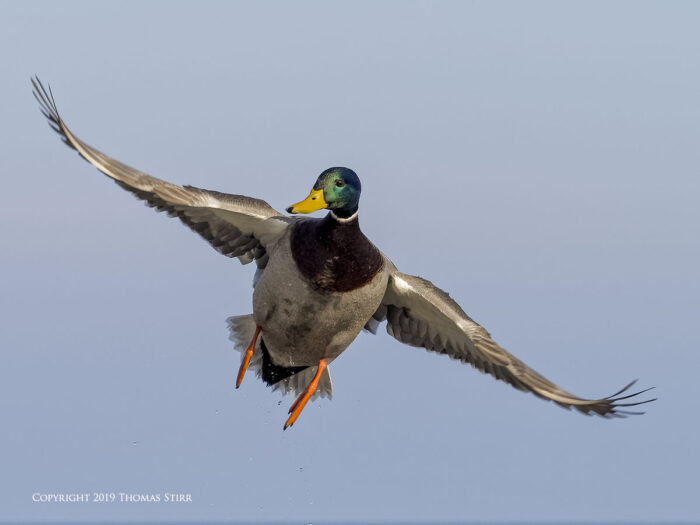
For photographers who look at the size of the E-M1X and immediately rule it out as being not for them, they’re absolutely right. Anyone who can’t see beyond the physical size of this camera should be buying something else. The E-M1X, like other double gripped cameras, was not designed to appeal to a broad cross section of photographers.

When compared to other professional double gripped cameras the Olympus OM-D E-M1X is smaller and weighs about 1/3 less. Add the size and weight of full frame pro lenses in comparison to M.Zuiko M4/3 pro glass and the size and weight differences between these camera systems become even more apparent. While full frame double gripped cameras do a great job in specific situations like photographing moving subjects in low light, the E-M1X excels with portability and overall functionality. In Canada the E-M1X costs less than half of double gripped cameras from Nikon and Canon.
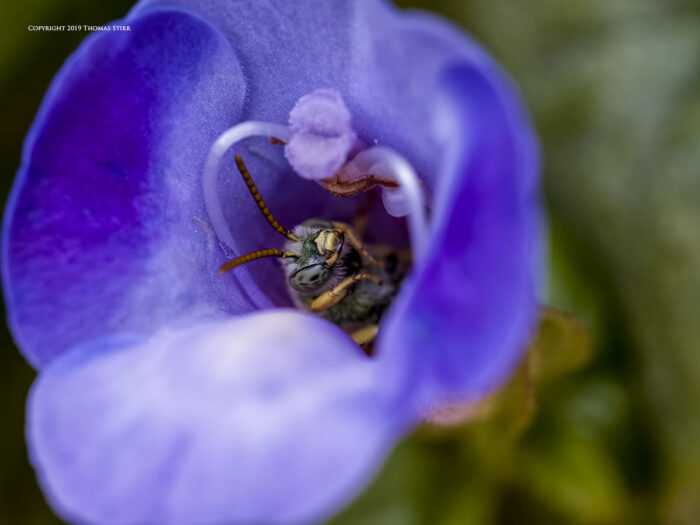
My E-M1X weighs about the same as the full frame Nikon D800 that I used to own. From a performance perspective there is no comparison. For the type of photography that I do the E-M1X easily runs circles around the D800. We need to keep in mind that these are very different photographic tools designed for very different jobs. That said, there is absolutely nothing that I miss about owning full frame camera gear.
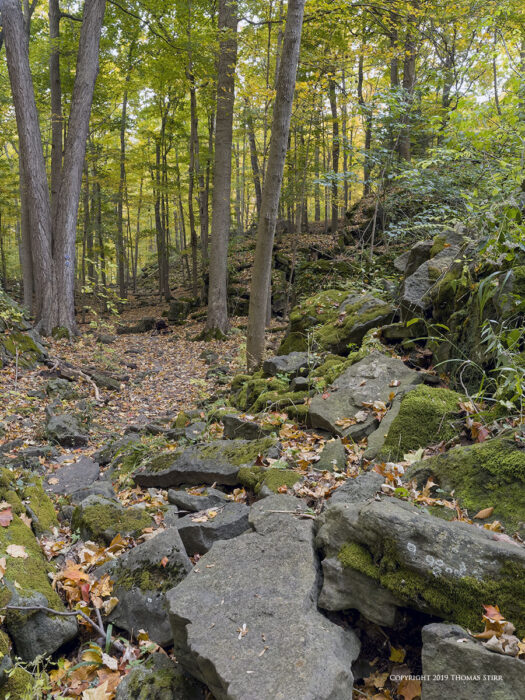
I appreciate that some folks may be concerned about image quality from a smaller sensor camera like the E-M1X. This really comes down to personal expectations and the proclivity of an individual photographer to pixel peep.
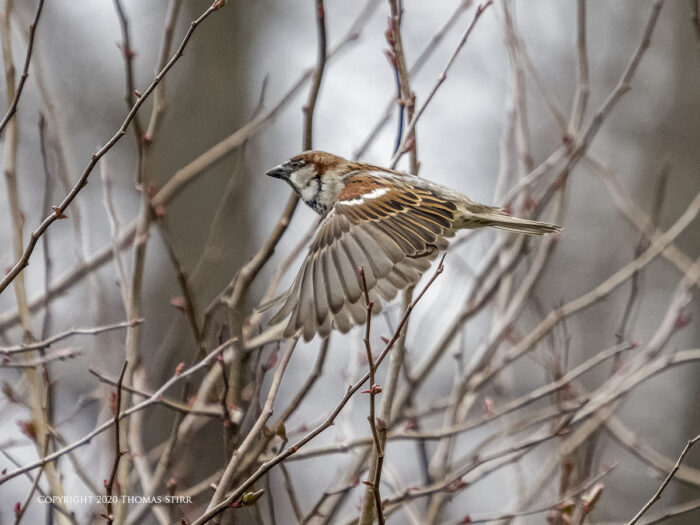
It is simply illogical to expect identical image performance from a M4/3 sensor camera and a full frame one. From a practical perspective the image quality from a M4/3 camera like the E-M1X is more than good enough for the majority of photographers based on what they actually do with their images like sharing them on social media or producing small to medium sized prints.
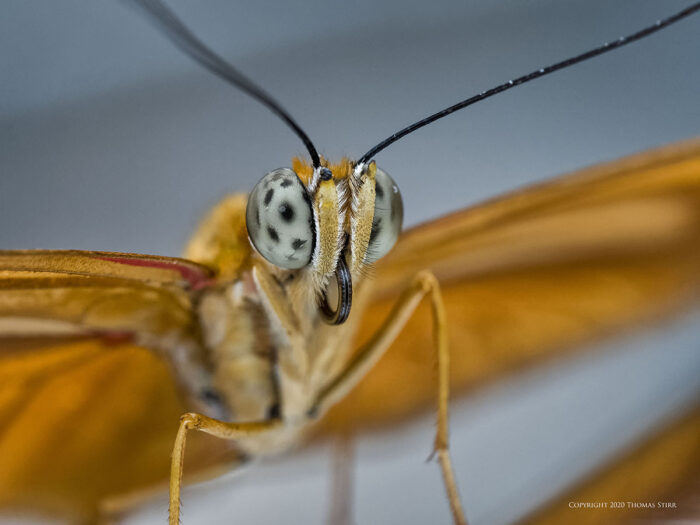
RAW files from the E-M1X produce outstanding 61 x 81 cm (24” x 32”) prints which is as large as I have produced in-house on my HP Z3200. I have no doubt that even larger sized prints like 76 x 102 cm (30” x 40”) would still yield excellent results.
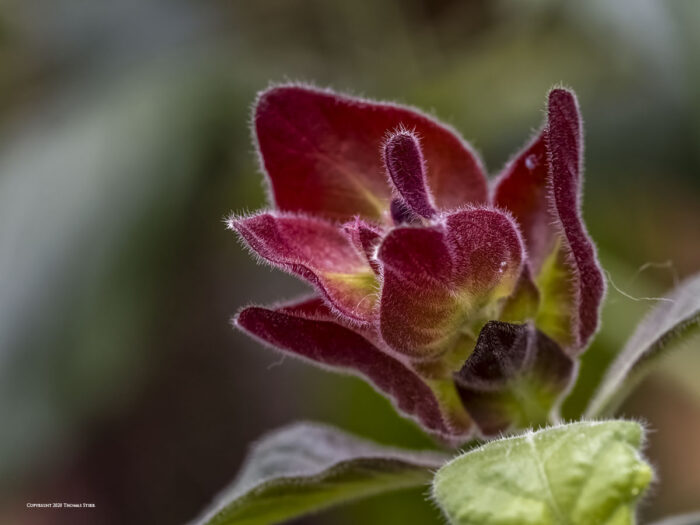
Obviously physics do come into play when working with a M4/3 camera, especially when compared to a full frame body. As can be expected noise is more prevalent at higher ISO values. I’ve not found this to be of specific concern and I have no hesitation shooting my E-M1X up to ISO-6400. Applying noise reduction to RAW files in post handles the issue quite well. If you consistently shoot at high ISO values, and if you are a pixel peeper who hates any indication of noise, your needs will likely be better met with a full frame sensor camera.

Being able to handhold my E-M1X for multiple second exposures extends its functionality significantly, and can help me get the most out of its M4/3 sensor. When I owned a Nikon D800 I was seldom able to shoot handheld at anywhere close to the camera’s base ISO in low light conditions when photographing static subjects. Any camera’s dynamic range is at its highest at its base ISO. With my E-M1X I can shoot at the camera’s base (ISO-200) on a regular basis.
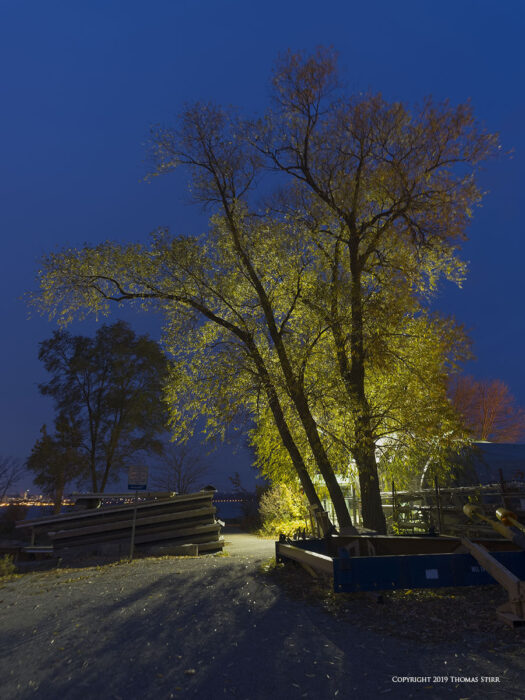
Being able to create landscape images before sunrise handheld at shutter speeds of 1, 2 or even 4 seconds changes a photographer’s perspective on what is possible and practical. I’m a senior citizen so my physical ability to handhold my camera at extended shutter speeds has likely degraded over time. I’ve found that 1 or 2 second handheld exposures when using the M.Zuiko PRO 12-40 mm f/2.8 are not that hard to do. The most I tend to push that lens to still get usable images is a 4 second handheld exposure.
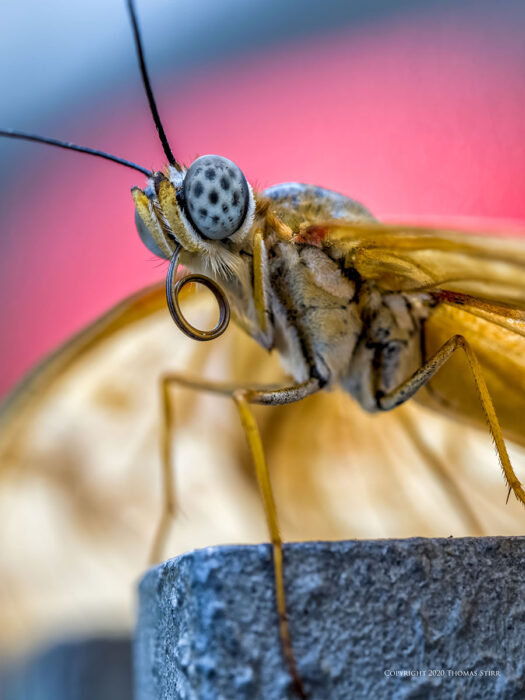
It still amazes me that I can shoot Handheld Hi Res macro images, and handheld in-camera focus stacked macro images, with my E-M1X. I’ve even had success capturing Handheld Hi Res macro photographs while holding my E-M1X with one hand and my arm outstretched. How my camera enables me to do this type of photography boggles my mind. Until a photographer experiences what is possible with the IBIS system on the E-M1X it is impossible to fully understand how much this IBIS performance extends the photographic potential of the camera.
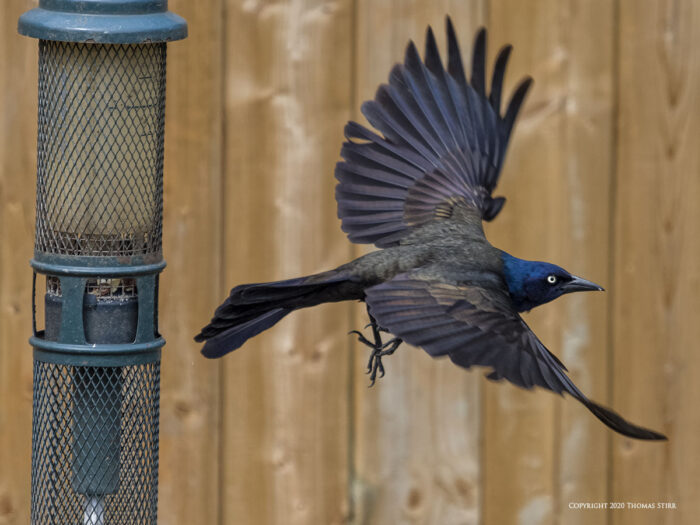
If a photographer wants to very quickly react to changing photographic opportunities they can set up various custom shooting profiles with the four custom modes. These are marked C1 through C4 and are found on the mode dial on the top of the camera. I have one of my E-M1X bodies set up for the 4 most common configurations that I use for bird photography. Switching is very fast and simple.

The Olympus OM-D E-M1X has an IPX1 weather sealing rating, is rated to -10 Celsius, and has a Super Sonic Wave Filter for dust reduction. I’m not a ‘techie’ when it comes to camera gear so I’m not well suited to explain how these features work. Suffice to say that weather has never held me back from using my E-M1X. My original E-M1X body has never needed the sensor to be cleaned because of dust. I’ve shot in rainy conditions that have caused other photographers with pro gear to pack up and leave. Heavy spray coming from waves hitting the shoreline and covering me and my Olympus gear with water has never deterred me. I view my E-M1X as a go anywhere, photograph anything piece of kit.
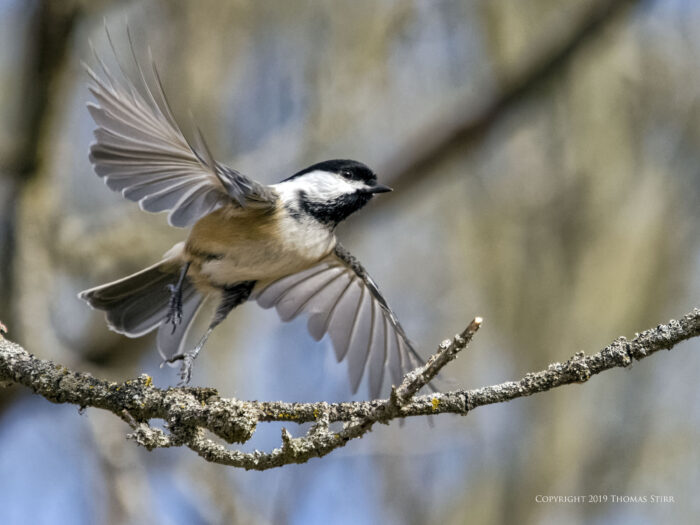
Pro Capture is nothing short of incredible, allowing a photographer to confidently and deliberately capture action sequences that were extremely difficult to photograph in the past. Until a photographer actually spends some time shooting with this mode they simply cannot understand what a game changer this is for action photography. And, the files produced are full resolution RAW files, not small jpegs of minimal value. There’s no way I can imagine going out to do bird photography without planning to use Pro Capture.
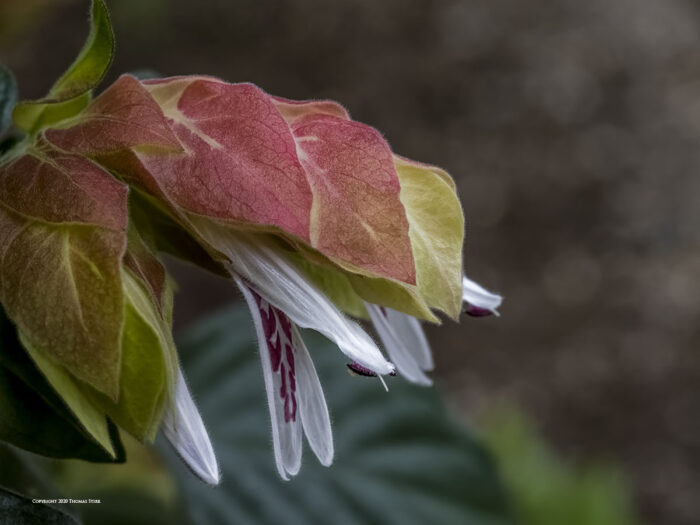
For those times when a photographer wants additional resolution, the Olympus Handheld Hi Res Mode (HHHR) provides instant flexibility without the need to lug a tripod around. There are some caveats in terms of choosing still subject matter and using a shutter speed that is appropriate for the skill level of the photographer. This mode can be used up to ISO-6400. Since the E-M1X captures 16 images, then combines them in post, using HHHR does a very good job dealing with image noise. I have absolutely no hesitation using this feature shooting up to its limit of ISO-6400, and have done this on a very regular basis.
While some people may think about using Handheld Hi Res mode primarily for landscape photography, it is also excellent when used for handheld macro photography, architecture, flowers, stationary animals, and shooting handheld in dark conditions such as museums and other such facilities.
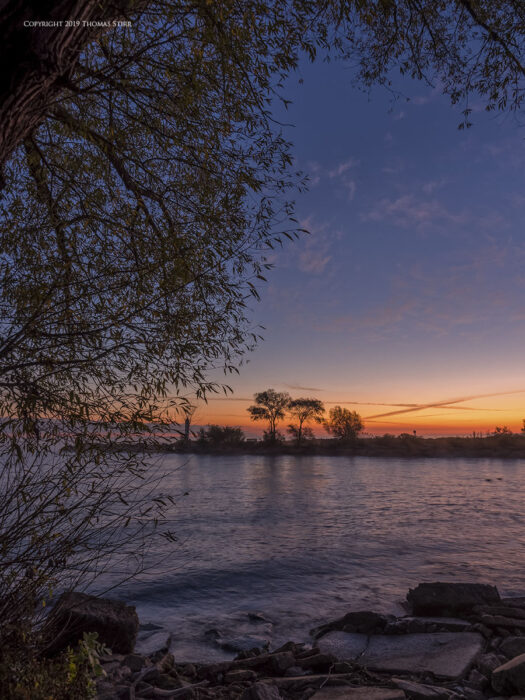
The handling and ergonomics of the E-M1X are simply wonderful. Buttons and dials are well positioned. Key controls are in the exact same position in both landscape and portrait orientations. They are easy to find and adjust without needing to look away from the viewfinder. I really like the different sizes, heights and textures that Olympus has incorporated with various on-body controls. These differences make it very easy to identify and differentiate controls by touch.
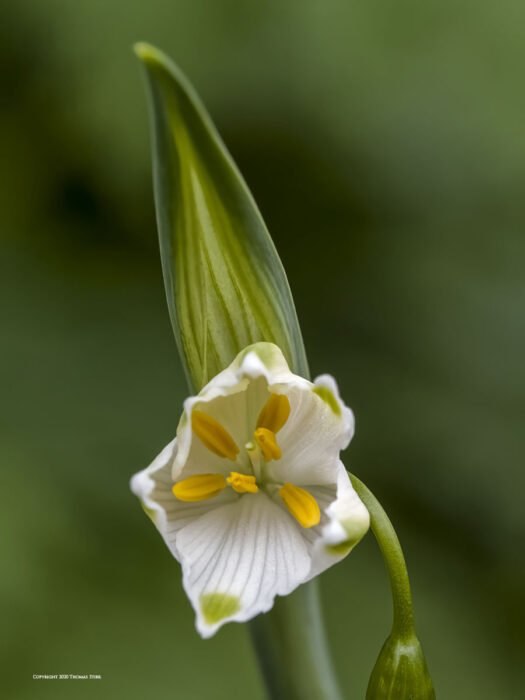
Comfort is something that is often overlooked in camera reviews and some photographers don’t give this factor as much consideration as it deserves. For people like me who are often out using their cameras for long periods of time, working with a camera that is comfortable is a critical factor. A body that causes fatigue and discomfort can be very distracting from a creative standpoint. It also reduces overall client project efficiency.
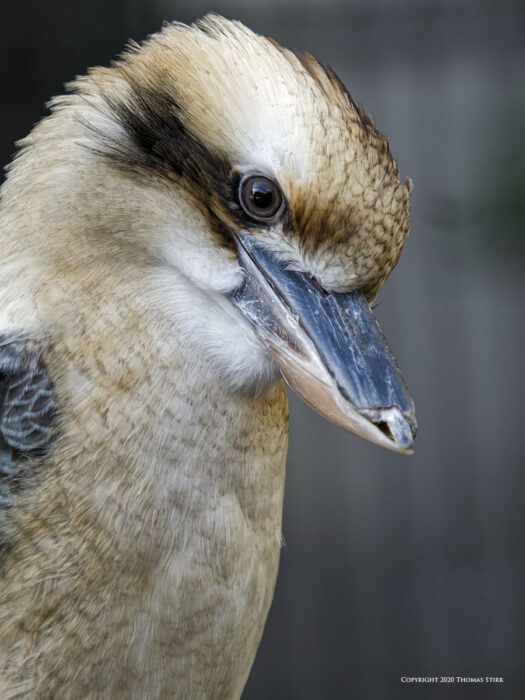
I have large hands and from the first moment that I picked up an E-M1X it felt very natural and comfortable to hold. Shooting with this camera for long 8-10 hour days has never caused fatigue or pain. When it came time for me to decide on a back-up Olympus camera for my business I very quickly came to the realisation that I simply would not have been happy with anything less than a second E-M1X body, which I purchased in late 2019.
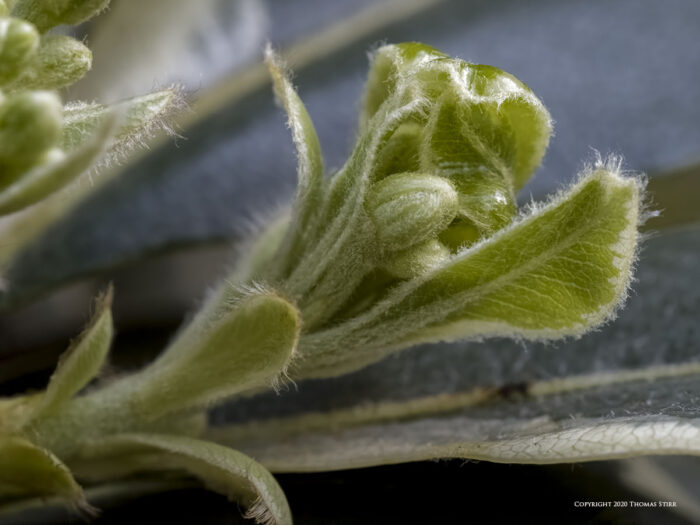
I have a medium sized shoulder bag that allows me to carry an E-M1X body, M.Zuiko PRO 7-14 mm f/2.8, M.Zuiko PRO 12-40 mm f/2.8, M.Zuiko Pro 40-150 mm f/2.8, M.Zuiko 60 mm f/2.8 macro, M.Zuiko MC-20 teleconverter, Kenko extension tubes, 2 extra batteries, 4 extra UHS-II SD cards, lens cleaning solution and cloth, and two battery chargers. All of the gear, including the camera bag, weighs about 5.8 KG (~12.8 lbs.). My Olympus kit allows me to shoot natively from 7mm to 150mm at f/2.8 (efov 14mm to 300mm). Using the MC-20 teleconverter extends my range to 300mm at f/5.6 (efov 600mm). Plus I have macro and extension tube capability.
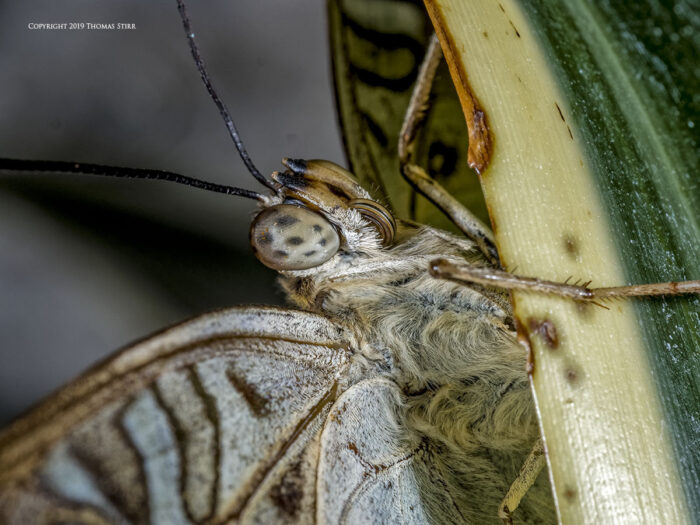
Although it isn’t included in my regular Olympus kit bag, I also have an M.Zuiko PRO 45mm f/1.2 prime. This extends my overall photographic capability further and is ideal for portraits. Other than the extension tubes, my entire Olympus kit, including my STF-8 Twin Macro Flash, FL-700WR Wireless Flash and FC-WR Wireless Flash Commander are all weather sealed to the same standard as my E-M1X and M.Zuiko lenses. This adds additional flexibility and all weather capability.
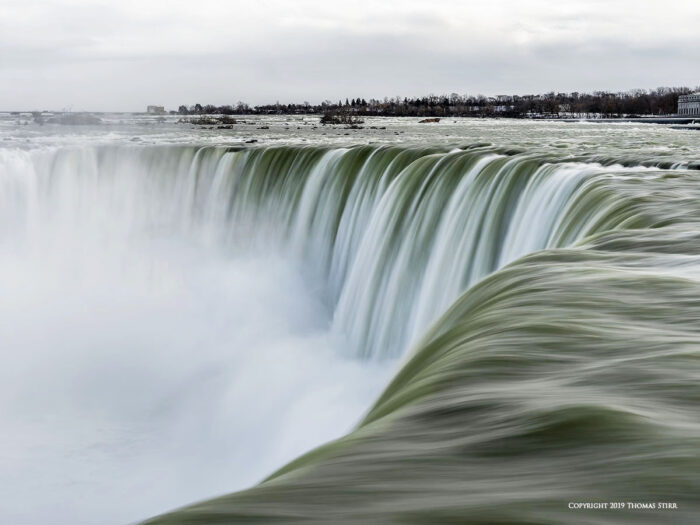
One year later, the Olympus OM-D E-M1X continues to impress with its professional build, flexibility, IBIS performance, image quality, comfort and handling, as well as its unique image capturing technologies. It isn’t a camera that will appeal to everyone. For photographers who want a professional, double gripped camera that has real-life go anywhere, shoot anything capability, as part of a relatively small, lightweight, and cost affordable system, the E-M1X has a unique place in the camera market. It is an outstanding fit for my specific photographic needs.
Pro Capture YouTube video: https://youtu.be/Yr23EmjOHKg
Website: https://smallsensorphotography.com
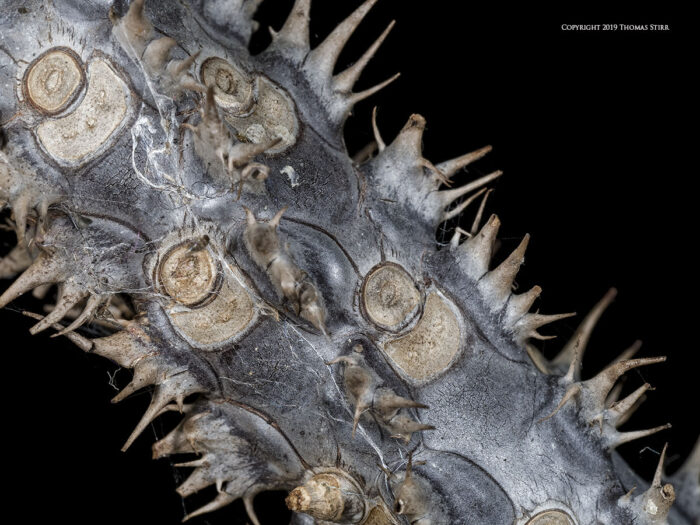
Technical Note:
All images were captured handheld using camera gear as noted in the EXIF data. Most images were produced from RAW files using my standard process.
This article was produced for the sole use of MirrorlessComparison.com. If you see it reproduced anywhere else it is an unauthorized and illegal use. Article is Copyright 2020 Thomas Stirr and all images are Copyright 2019-2020 Thomas Stirr. All rights reserved.
